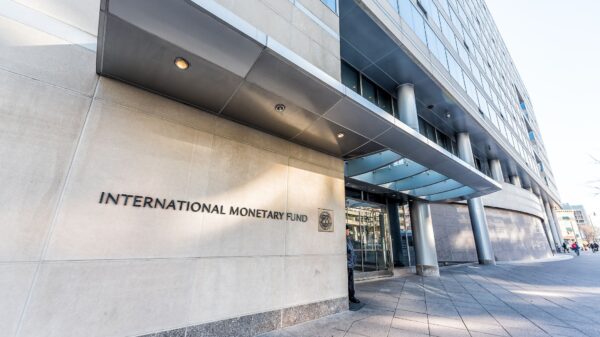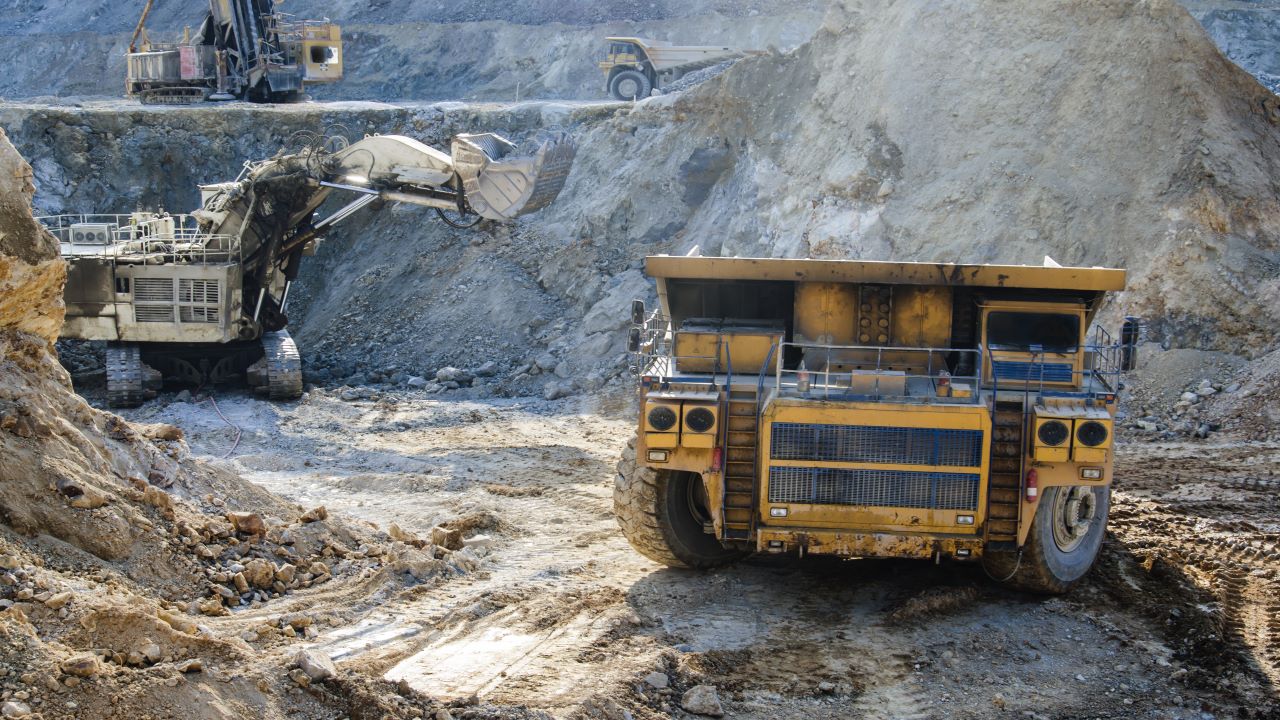Zimbabwe’s lithium concentrate production increased by 16% to 132,196 tonnes in the second quarter of 2024, thanks to new producers entering the market.
According to the Treasury Quarterly Bulletin for April to June, this rise was due to the restart of several mining companies that had been inactive in the first quarter.
The bulletin stated that the output reflects contributions from these companies. Currently, Zimbabwe has seven lithium mining firms, including Sabi Star Lithium Mine and Bikita Minerals, with three more projects in various stages of development.
Lithium production also rose by 3.3% compared to the same quarter last year. In 2023, Zimbabwe produced a total of 300,000 tonnes of lithium concentrate.
The mining sector is crucial for Zimbabwe’s economy, accounting for over 75% of the country’s export earnings, primarily driven by gold, platinum, and diamonds. Lithium is increasingly important for electric vehicle batteries, but global prices for most metals, except gold, have dropped recently, impacting production.
ALSO READ: Breakthrough for Sugarcane Growers: Revenue Share Rises from 77% to 80.5%
Lithium prices have fallen sharply from $80,000 per tonne in 2022 to under $20,000 now, mainly due to oversupply and rising interest rates affecting electric vehicle demand.
The bulletin also reported mixed results in the mining sector during this quarter. While lithium and chrome production increased, gold, platinum group metals (PGMs), diamonds, and nickel saw declines.
Gold production rose to 8.2 tonnes, a 24% increase from the first quarter, due to the removal of value-added tax on gold sales. Conversely, diamond output fell by 16.9% from the first quarter and by 2.2% compared to the same period last year, primarily due to power outages. PGMs production dropped by 11.3% in the second quarter compared to the first, and by 6.3% from last year.

For comments, Feedback and Opinions do get in touch with our editor on WhatsApp: +44 7949 297606.








































